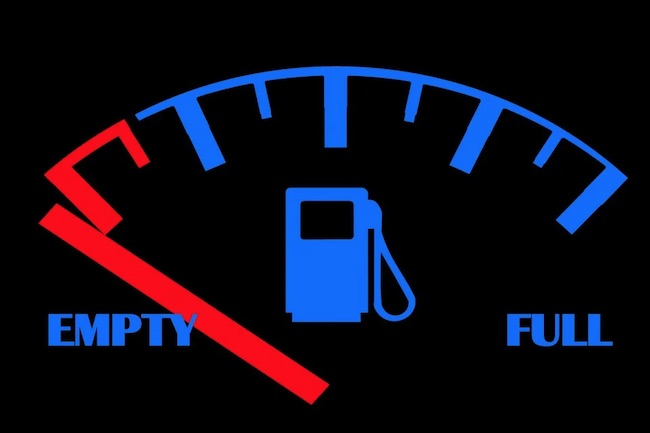What Would a COMPLETE Supply Chain Breakdown Really Look Like? by Aden Tate for The Organic Prepper
Cyber Polygon 2020 examined the threat of a complete supply chain breakdown. But what does that mean? Is it just no more toilet paper? Or is it something more sinister?
Perhaps we can shed some light on the situation here.
Food
According to the American Red Cross, most Americans have less than three days’ worth of food in their homes. After three days with no food, starvation begins to set in.
Grocery stores rely on just-in-time systems to get their food to their customers. On average, this means that a grocery store has roughly a week’s worth of food within its four walls at any given time. However, remember that this is a week’s worth of food in normal circumstances. As the 2020 toilet paper situation showed, once people fear they can’t get more of something, they stock up. Therefore, a week’s worth of food at the grocery store can be gone in a matter of days or hours.
Grocery stores get their food from regional food distribution warehouses. Typically, these locations have a month’s food supply present for all the stores in their area. Due to the increased demand from local grocery stores, this supply would likely vaporize within two weeks. One would enter a grocery store only to find it nothing other than bare shelves.
As previously reported by The Organic Prepper, food shortages are a reality. You do not have much time left before the items you can grab now are gone and gone for good. Here are some tips for shopping when there aren’t many supplies left on the shelves, and here’s a list of things that are usually imported from China that we haven’t been receiving in the same quantities (if at all) since the crisis began.
Gas
Further compounding situations would be the inability of truckers to deliver goods to the intended recipients. Semi-trucks with no fuel mean a complete failure for the city’s food supplies. After the aforementioned three-day food window, a significant majority of people in urban areas would begin to go hungry.
Here’s a previously published piece on just how fast things could go sideways in America in only 5 days without trucks moving supplies across the country. JUST THIS ONE THING could change the world as we know it.
On average, food travels 1500 miles from the farm until it reaches your plate. Imagine the implications of such. Cities would not have the food they need to live without the necessary fuel to get the food to the people. Violent riots would likely be the result not long afterward.
Medicine
From a healthcare standpoint, a post-SHTF world looks quite grim. Shortages at the pump would make it much more difficult for healthcare workers to arrive at their jobs. Rationing of gas would likely be given priority to nurses, doctors, ambulances, and police officers. However, many patients would not be able to even get to the hospital. Effectively stranded in their homes, people would be unable to seek access to healthcare. Perhaps even afraid to due to the extent of the riots right outside their doors.
Due to gasoline shortages, necessary supplies wouldn’t show up to hospitals either. Surgeons would be unable to perform procedures due to a lack of saline, gloves, sterile tools, etc. Likewise, pharmacists would soon run out of their medicine stores. Once they run out, that would be it.




